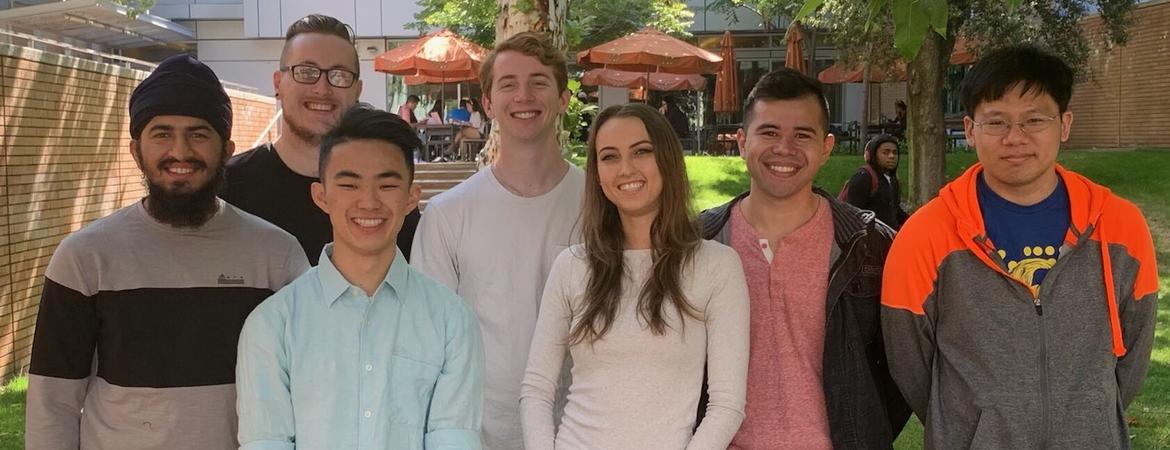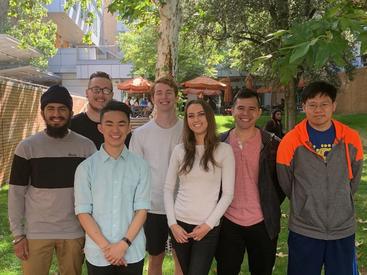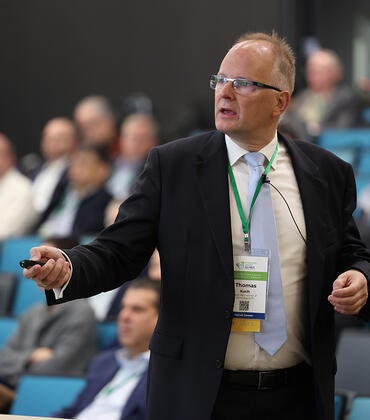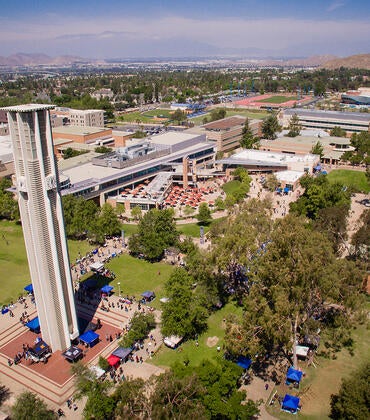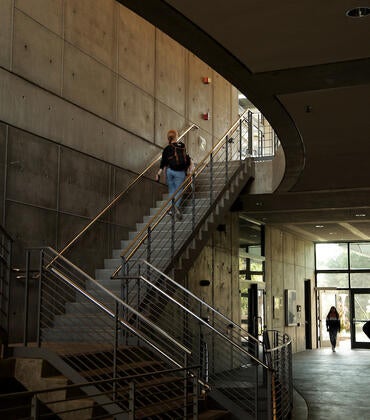The Riverside County Department of Public Social Services received some welcome help from UC Riverside with the 2019 point-in-time, or PIT, count of homeless residents.
Paea LePendu, a computer science professor of teaching with expertise in artificial intelligence and data science, directed a team of undergraduates who took to the streets before dawn on a cold winter morning to help with the count. The team also wrote sophisticated computer programs to sort, analyze, and present the data. The successful effort marked the first collaboration between Riverside County and UC Riverside on the count.
Like all counties that receive federal funds to help the homeless, Riverside County is required to conduct a survey of homeless people wherever they find them on a single day. The count, though not exhaustive, is intended to convey a snapshot of the conditions and locations that need services the most.
Until January 2019, volunteers used paper forms to record information as they interviewed people in their encampments, on the streets, or at shelters. The information had to be entered by hand into computer databases and locations laboriously marked on maps. This year, volunteers used a smartphone app and tablets that automatically recorded GPS coordinates and uploaded data directly to a database.
Social Services officials knew the app would collect too much data to analyze without sophisticated computer programs. When LePendu, who wanted to do a project to help the homeless for some time, heard about this, he realized it would be a perfect undergraduate research experience.
With funds provided by the county, he hired seven engineering students who worked with the county to determine how to present the data. Next, they wrote computer programs that would clean and transform it. The programs removed duplicate records and errors, and also performed calculations to arrive at sums, averages, and percentages. The students then summarized the data in colorful, easily read charts, graphs, and tables.
“The county was very happy with the results,” said LePendu, who hopes this will become an ongoing partnership. “Other counties were also impressed, and now we’re in talks with them to do this regionally.”
The final report is available on the County of Riverside Department of Public Social Services website.
